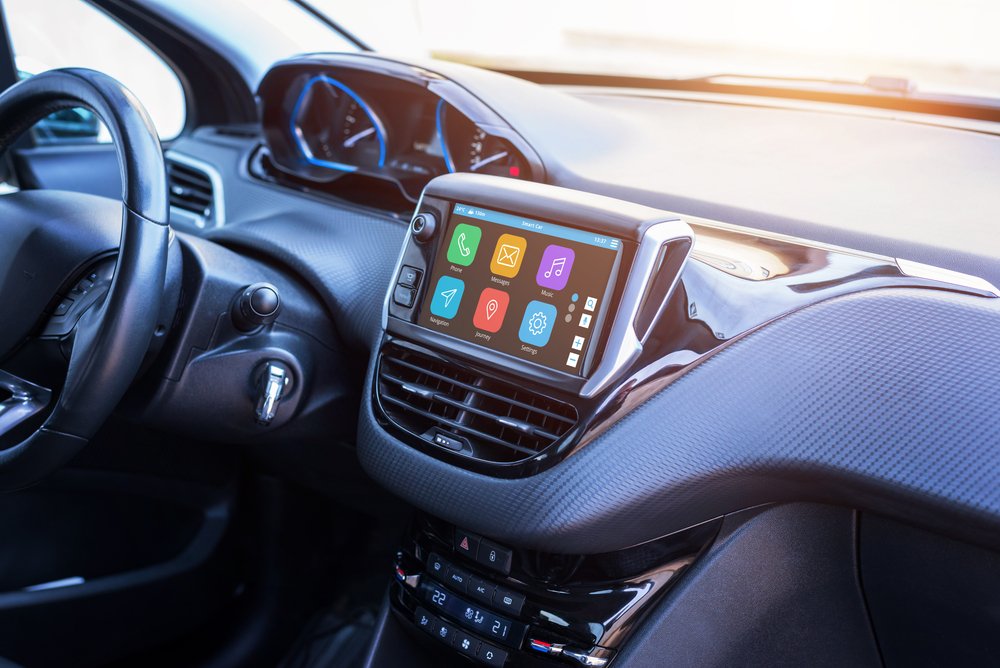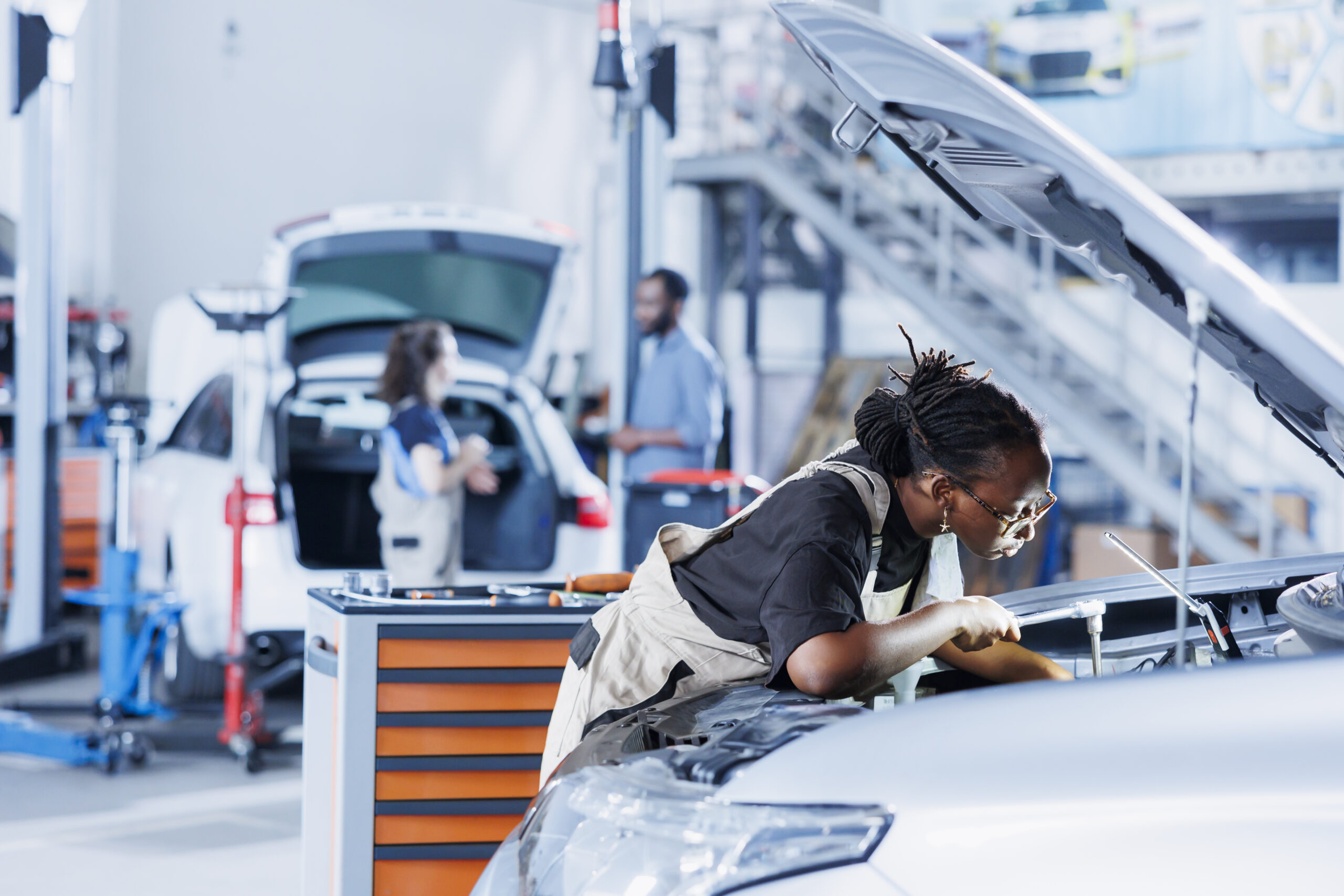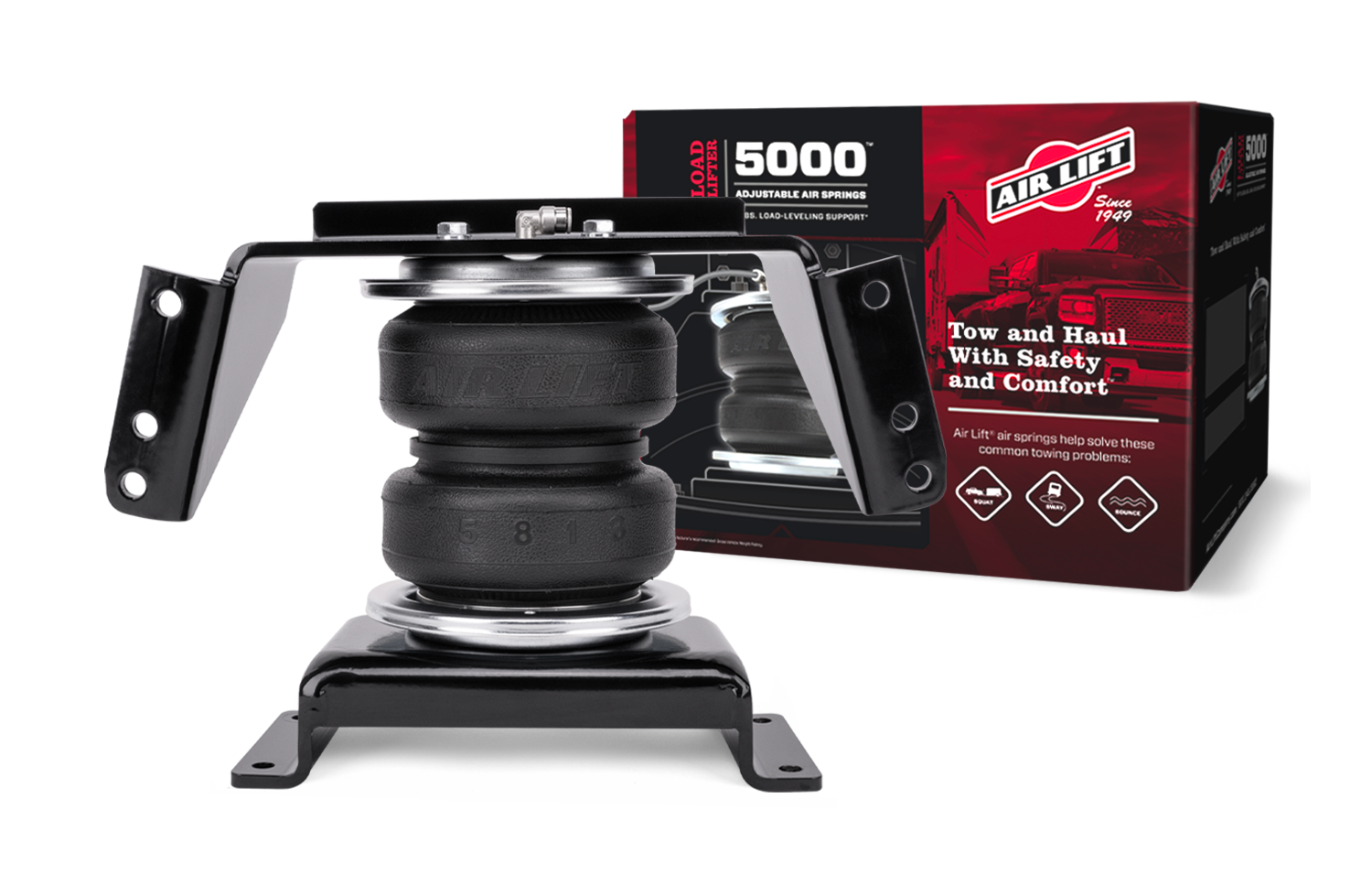
There’s no doubt that the latest automotive technology has made vehicles safer. It’s also made them more fun to drive. The 21st-century vehicle is equipped for almost any situation, from advanced sensors to rear-view cameras and automated breaks.
However, if modern technology has made vehicles so safe, why are there still 46,000 deaths yearly from automotive accidents? Learn more about the costs of having these extra features and what kind of maintenance these “smart cars” need.
What causes distracted driving?
Numerous studies have shown how distracted driving leads to more than 3,000 deaths per year in the U.S. But that hasn’t deterred people. The prime culprit behind distracted driving is smartphones — the chance of an accident increases by 400 per cent when someone is texting or using their phone while driving.
However, modern vehicles are designed so you no longer need your phone to get distracted. Features in newer cars are designed to mimic smartphone usage — from the touchscreen interface to the apps. Most vehicles allow you to link your phone to the car’s touchscreen menu so you can use the same apps from your phone on your car’s dashboard.
How infotainment features can lead to distraction
The issue of new vehicles contributing to distracted driving came to the forefront when Tesla announced they would allow users to play video games while driving a car. While the feature claimed to only allow passengers to play games, the onboard computer made no distinction between a driver and a passenger — meaning a driver could use the system while driving.
The National Highway Traffic Safety Administration stepped in to investigate the feature. Afterward, Tesla was forced to alter the feature so that drivers could not access it while the car was in motion. Until companies perfect the self-driving car — which could be a long way off — features like these have the potential to be a danger on the road.
Automotive manufacturers continue focusing on infotainment features because it’s one of the easiest ways to differentiate themselves from the competition. However, adding more infotainment can make a car’s dashboard just as bad as a smartphone when it comes to inducing distracted driving.
Studies show that working through a car’s touchscreen dashboard can keep a driver distracted for 40 seconds — long enough to travel half a mile at 50 mph. Touchscreen interfaces in cars use various menus, forcing drivers to scroll through more distractions. The potential for an accident also increases with the car’s speed and how many other vehicles are on the road.
Additionally, like all technology, touchscreen interfaces come with the possibility of malfunctioning. Screens can crack or break or the technology can stop responding to physical input from the user. These issues are distracting and make many of the car’s features inaccessible.
Maintaining car computer systems is more complex
In order for all of these infotainment features to exist in the first place, vehicles need complex computers built into their systems. Most modern cars have computer systems that run on an electronic control unit. This electronic control unit manages all of a vehicle’s functions, from fuel consumption to infotainment and safety features.
Integrating such complex computer systems into vehicles is one of the reasons 20 per cent of the fasting-growing companies in the world are in the technology sector. But with more complex systems comes the need for complex maintenance.
While the electronic control unit is a remarkable piece of technology, like any other car part, it can break down over time. When this happens, many of the car’s electronic systems will begin to malfunction. Since the electronic control unit is responsible for so many things, these malfunctions can range from false warning lights and erratic infotainment systems to engine misfires and more dangerous issues.
The latest and most complex technology in cars also has another downside — many automotive service shops are struggling to keep up with the rapid pace of innovations. Computers are such an integral part of modern vehicles that they require specialists to repair and maintain them. Third-party automotive shops that do not have access to those specialists are less capable of performing repairs, limiting a driver’s options when they need maintenance.
This advanced technology allows car manufacturers to drive more sales in the repair and maintenance of these computer systems. They can dictate and hike up the price of repair and maintenance since no other automotive service provider can do it.
Are infotainment systems a good idea?
While there is no doubt that infotainment systems are here to stay, their adverse effects on the automotive industry can’t be ignored. Making car interfaces similar to smartphones might be more convenient, but it also increases the risk of distracted driving. Additionally, more complex computer systems in cars cause automotive manufacturers to cut out local auto services and charge more for their specialized repairs.
Devin Partida is the Editor-in-Chief of ReHack.com and a freelance writer. Devin covers business technology, Fintech and auto tech












Leave a Reply